While the wild green of a sunny May afternoon blazed outside, the bright white interior of a barn on a rural New Brunswick property radiated with its own kind of energy. These synergies are from a joint exhibition, Behind Moving Eyelids (May 10–11, 2025) in Rowley, New Brunswick, by Jeneca Klausen and Caitlin Lapeña, whose deceptively simple works hummed with ideas about feminine power, both surface and projected, and those of a deeper, darker, more private nature.
I had to check Google Maps to locate the address for 13 Cedars, a new project space in rural Rowley, halfway between Saint John and St. Martins on Route 111. It was the second and final day of Behind Moving Eyelids, which featured wearable and sculptural works by Klausen, a Saint John jeweller with a dedicated following for her asymmetrical, nature-inspired, one-of-a-kind pieces.
Her co-exhibitor, Lapeña, an artist working in printmaking and drawing, moved to the area a few years ago and co-founded 13 Cedars with her partner, Jay Isaac, a contemporary artist. She marvelled at how nearly everyone who came wore Klausen’s work, including me. On my left hand, I wear the bespoke silver wedding ring set on which she conspired with my husband. In my ears, I have a pair of wonky silver hearts I received as a birthday gift and have not removed in weeks.
While local galleries have represented Klausen for decades, it was her first time exhibiting in a non-commercial setting. This gave the artist control over the installation and the opportunity to display her work on the wall in interesting shapes and configurations, including an installation of silver chains hung with pendants of handmade silver letters.
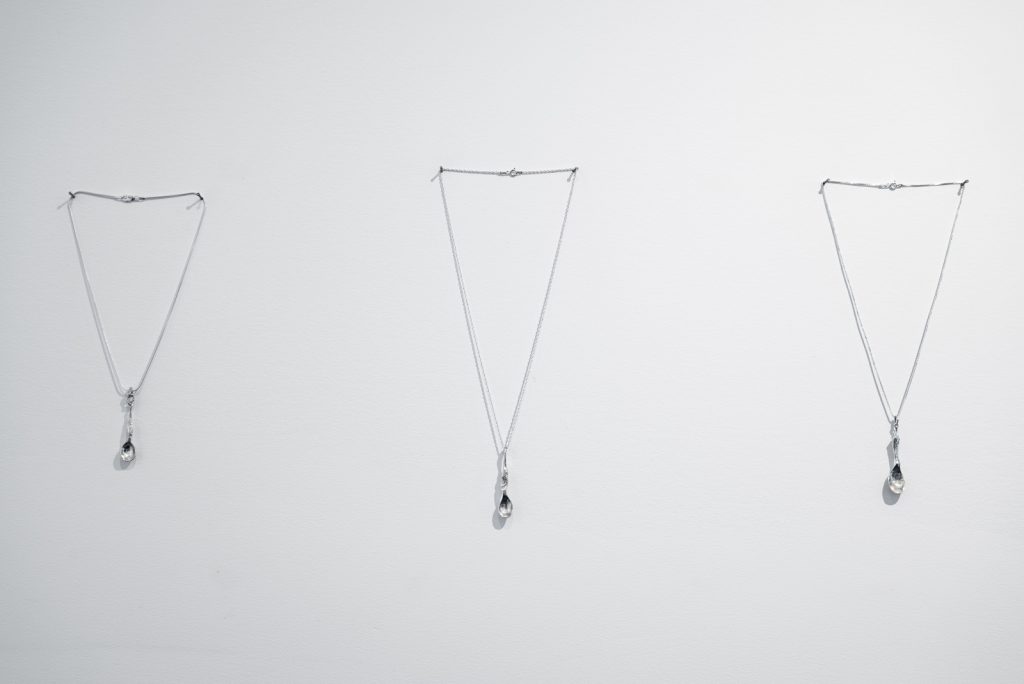
Behind Moving Eyelids was also the first time Klausen showed alongside another artist. The pairing with Lapeña, who exhibited paintings, collages, drawings, and four fantastic silkscreens (she made them over the winter at Moncton’s Imago print studio), proved captivating. Their work resonated with intended connections from studio visits and an ongoing artistic dialogue, but also with serendipity, in symbols and motifs (cameos, cats, pearls) they arrived at independently.
At a glance, there’s a risk of the show being taken merely as pretty or girly, which would be a huge miss. There’s a lot to unpack.
The exhibition title Behind Moving Eyelids is from the late Saint John writer Gail Bonsall Kaye’s sole published poetry collection. Klausen had picked up a second-hand copy at an antiques shop and sent it to Isaac and Lapeña, who were at the time living in Toronto. Lapeña, like Klausen, was drawn to the old book as an object, with its beautifully illustrated cover. The poetic connections came later.
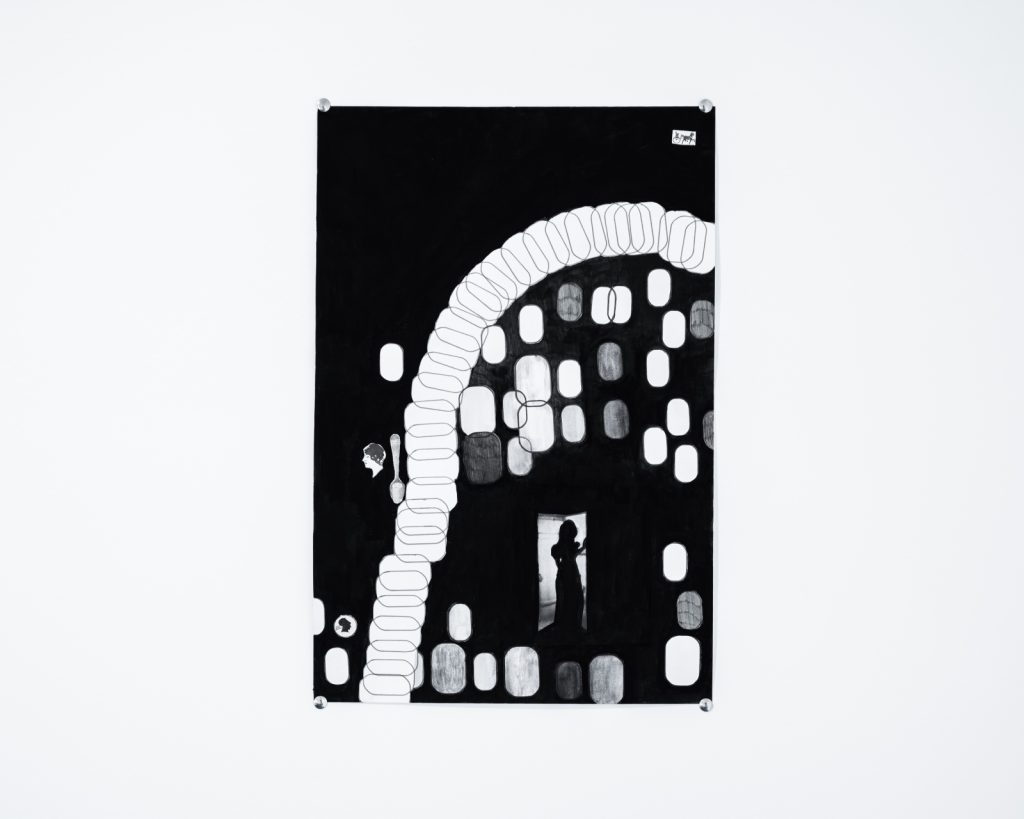
The artists’ shared interest in vintage objects informs their work. Lapeña repurposes images from antique women’s magazines, online archives, and found and personal items in her prints, paintings, and collages. For Behind Moving Eyelids, Klausen used sterling silver remnants from her studio, incorporating antique cameos, reclaimed coral, found beach stones, and vintage carved mother of pearl.
This recycling speaks to the thrift of a time before fast fashion and disposable material culture, when nothing was wasted and the work of women consisted largely of making something from scraps: a quilt, a soup. There’s a strong sense of agency in the artists’ intentional reclamation of materials, images, and text. It reads as empowerment.
Kaye’s 1973 poem “noon dream” is included in the exhibition notes. Some lines ring literally, such as the “heavy fronds of dark green ferns” in Klausen’s abstracted, organic forms and the Fundy landscape that is her first muse. Others are more of a vibe: the poem’s protagonist, dreaming in her green grotto, as in a fairy tale or myth, speaks of an ancientness Klausen’s work conveys. It is a temporal counterpoint to Lapeña’s more recent images from the capitalist age of advertising that commodifies beauty, fashion, and womanhood itself.
Jungian psychology is an influence in the deep blacks of Lapeña’s pristine prints. Oh, that midnight ink! You can disappear into it—and project onto it. The layering of the meticulous silkscreen process can be read as metaphorical, too, getting below the surface of things, abstracting, mystifying. Along with wearable art jewellery, Klausen presented several sculptural silver “spoonlets,” their cups the size of peas, perfect for a personal altar or as part of a private little rite.
Klausen says her Danish relatives often gift spoons for milestones such as birthdays or baptisms. And she explains that the expression “being born with a silver spoon in your mouth” originated during the bubonic plague, when the precious metal was believed to ward off the illness, projecting not only prosperity, but protection. With that, the work’s talismanic properties came into focus. Lapeña also depicts spoons in her work.
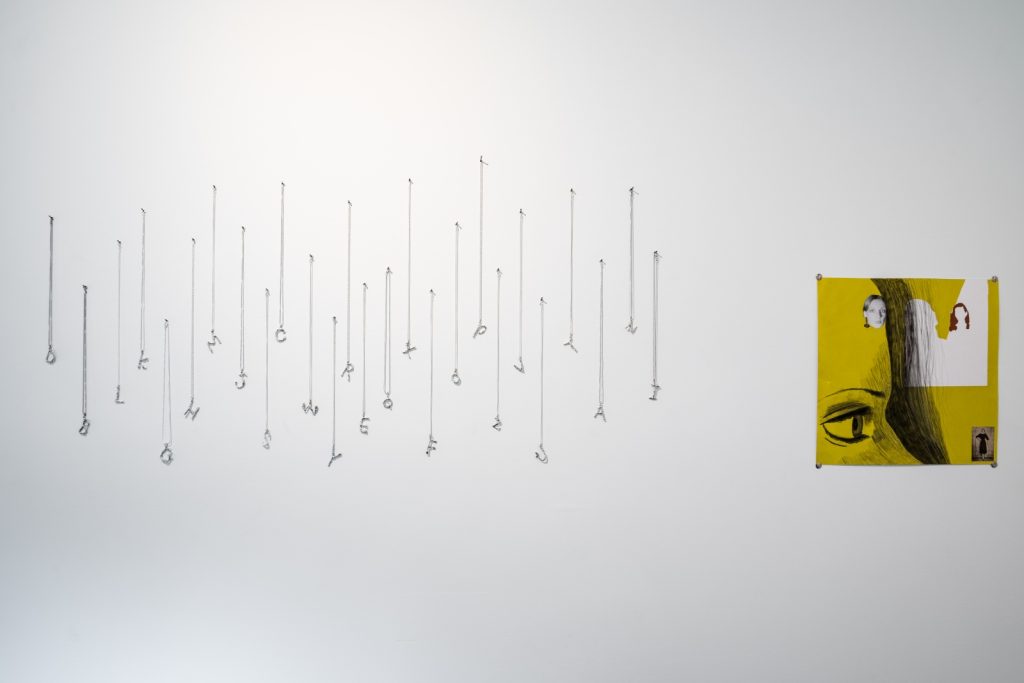
Some shows leave you gobsmacked at the gallery, then leave you. Others are a slower, sustained burn. Behind Moving Eyelids is the latter. The percolations began on the drive home, along the remote spruce-lined road. Weeks later, I’m still parsing its ideas about nature and industry, fashion and adornment, deep time and capitalism, beauty and power.
You can find more content from the exhibition here.

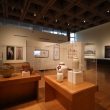
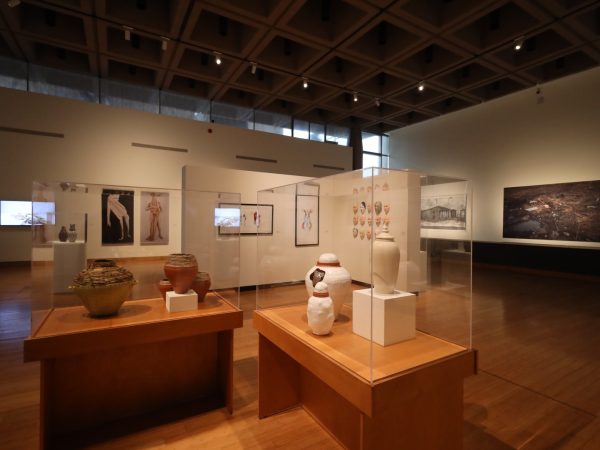

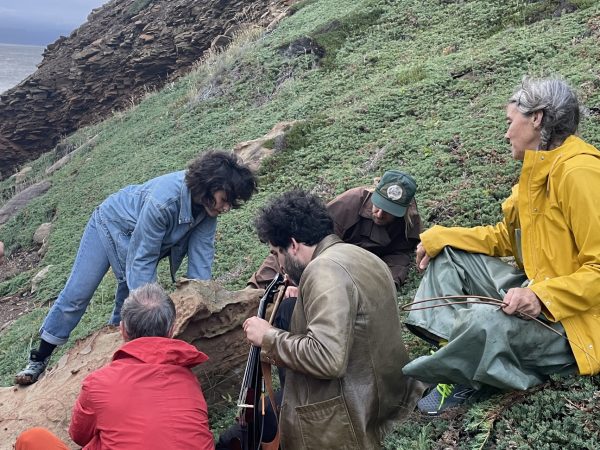
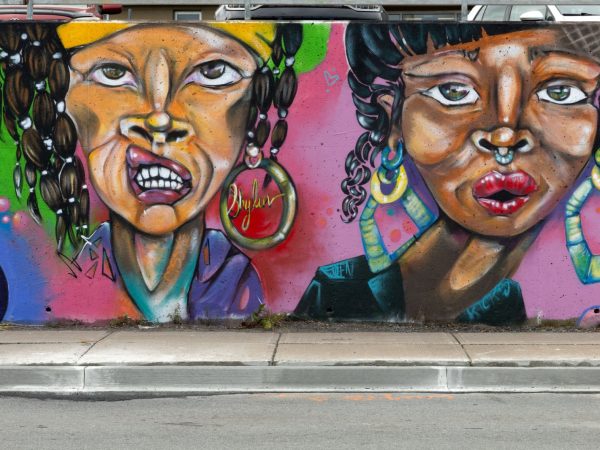
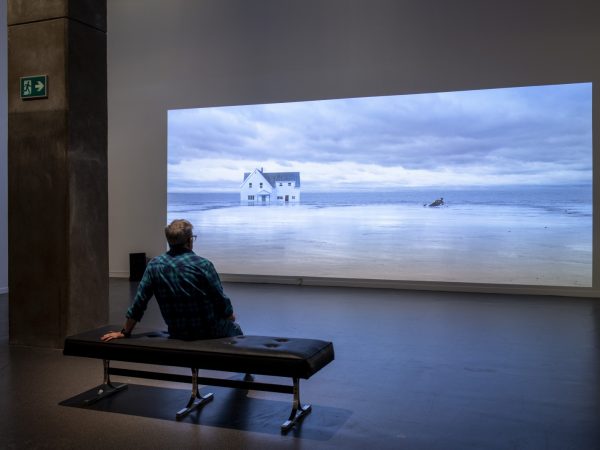

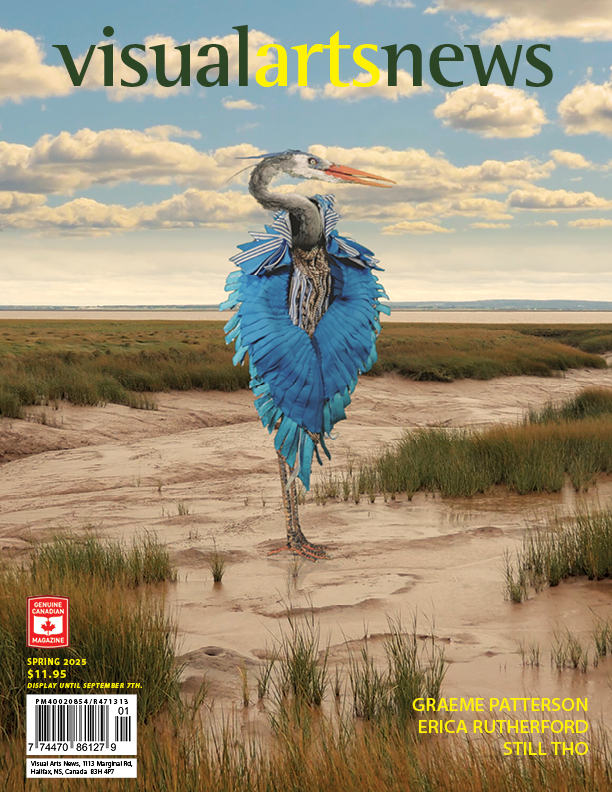
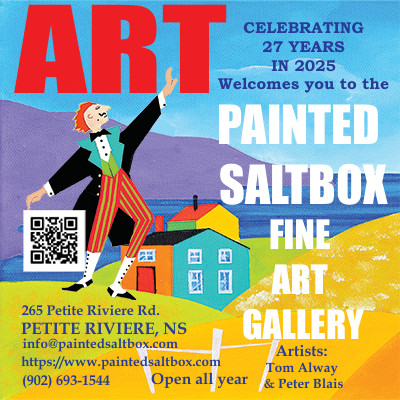
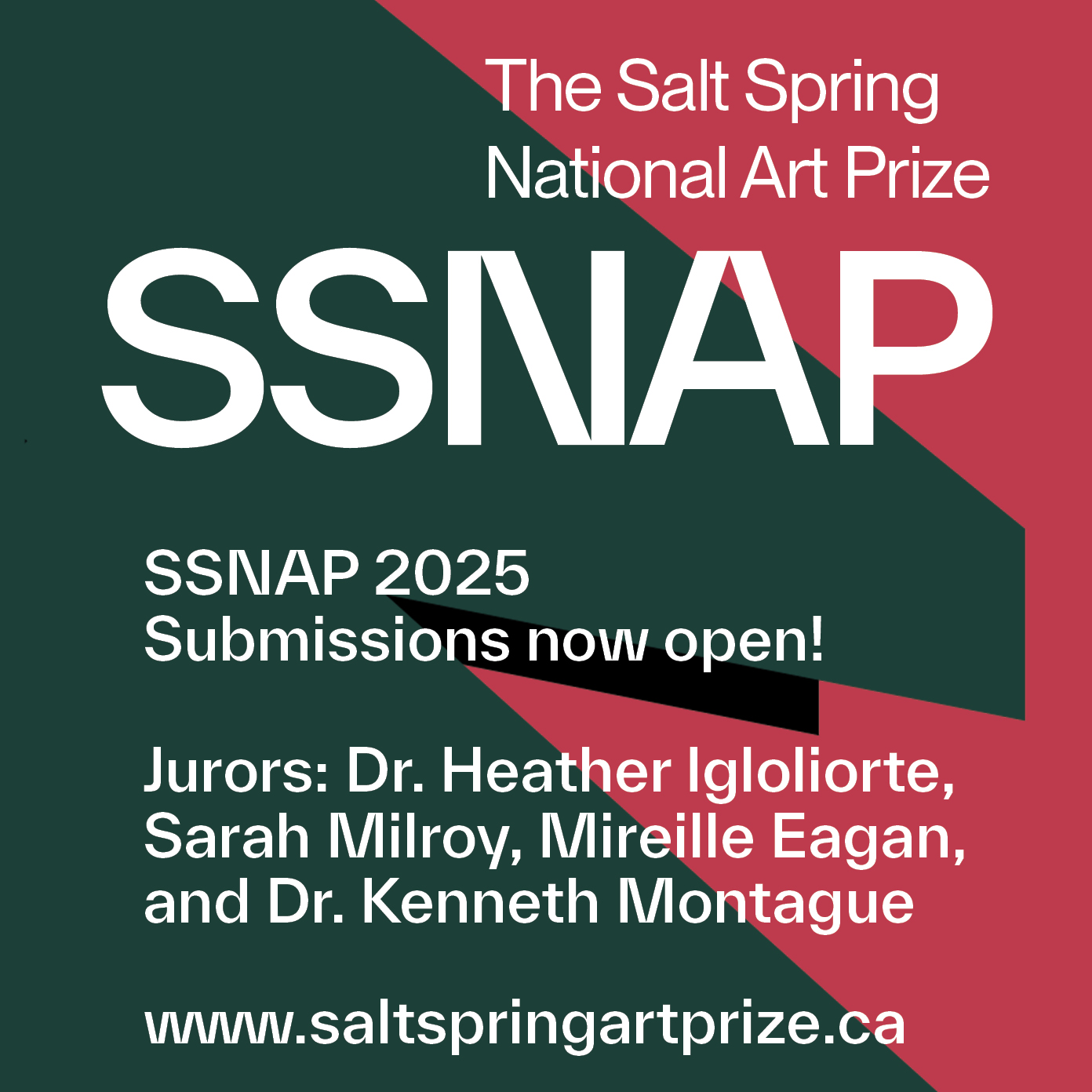
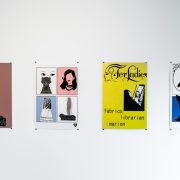
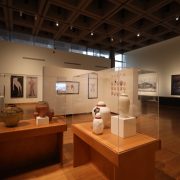

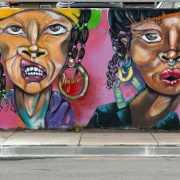
Leave a Reply